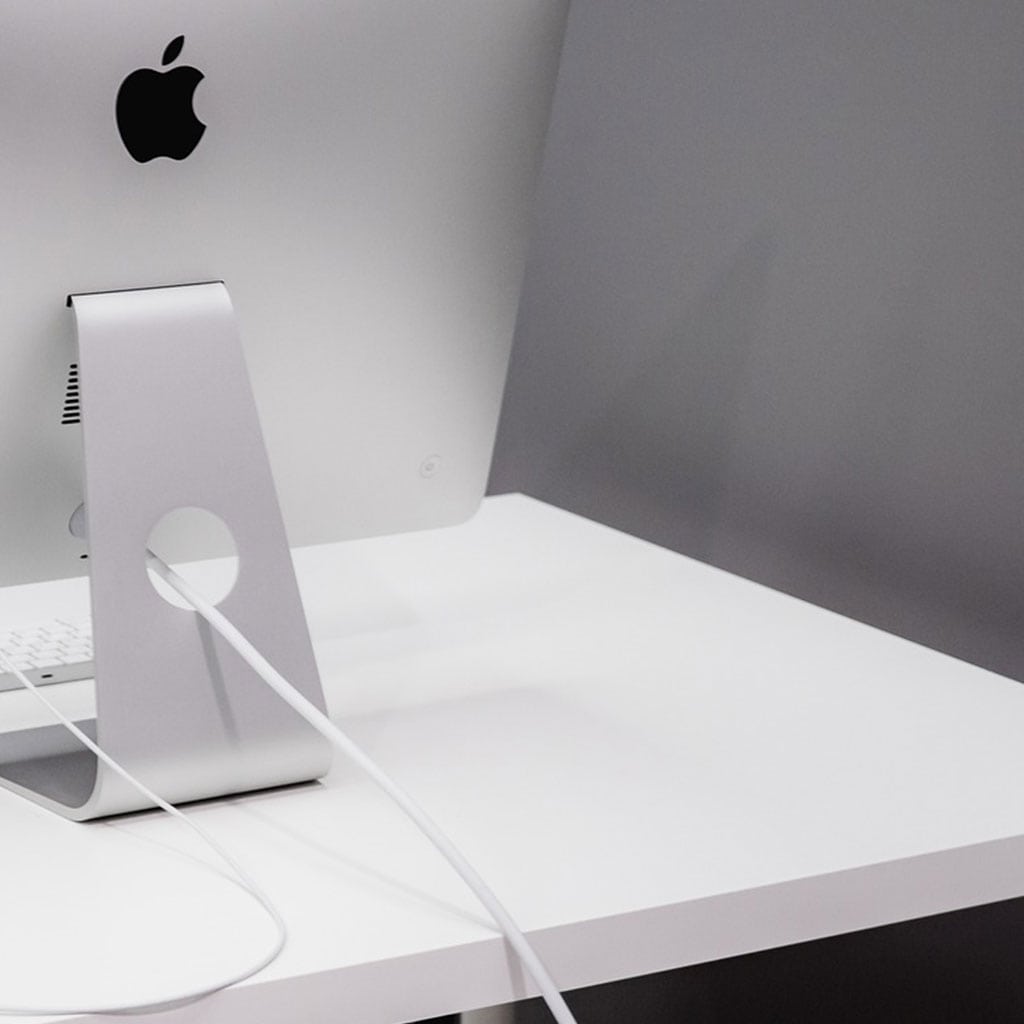How to fix iMac stand?
How to fix iMac stand?
If your iMac stand is experiencing issues or is not providing the stability you expect, it may require some attention. In this article, we’ll guide you through steps to troubleshoot and potentially fix common iMac stand problems, ensuring your computer remains securely positioned.
Discover the ultimate solution to revamp your iMac stand!
Fixing an iMac stand can be necessary if it’s wobbly or not providing the stability you desire. Here’s a detailed guide on how to troubleshoot and potentially fix common iMac stand problems:
- Assessment and Diagnosis:
- Begin by carefully inspecting the iMac stand for visible issues. Check for loose or damaged components, bent parts, or loose screws.
- Ensure that the iMac’s screen and base are properly aligned and that there are no obstructions or debris affecting stability.
- Tighten Loose Screws:
- If you notice any loose screws, use a suitable screwdriver or Allen wrench to carefully tighten them. Be cautious not to overtighten, as this could potentially strip the screws or cause other issues.
- Pay particular attention to the screws securing the stand to the iMac’s base and those attaching the stand to the iMac’s display.
- Check for Bent or Damaged Parts:
- Inspect the stand’s components for any signs of bending or damage. If you identify bent or misshapen parts, carefully attempt to straighten them.
- Be gentle when trying to reshape any bent metal or plastic components, as excessive force could lead to further damage.
- Clean and Remove Obstructions:
- Ensure there are no obstructions or foreign objects affecting the stand’s functionality. Dust and debris can accumulate over time and interfere with the stand’s operation.
- Use compressed air or a soft brush to clean out any debris and clear the stand’s moving parts.
- Verify Proper Assembly:
- Check that the iMac’s stand is correctly assembled. If you’ve recently disassembled it for any reason, ensure all parts are in their correct positions and properly aligned.
- Consult the iMac’s user manual or Apple’s official support resources for guidance on the correct assembly.
- Professional Assistance:
- If you’ve attempted these troubleshooting steps and your iMac stand still isn’t functioning correctly, or if you’re uncomfortable making adjustments, it’s advisable to seek professional assistance.
- Contact an Apple Authorized Service Provider or Apple Support for guidance or to schedule repairs.
- Replacement Options:
- If the iMac stand is irreparably damaged, you may need to consider replacing it. You can often purchase replacement stands or mounts from Apple or third-party retailers.
- Be sure to choose a stand or mount that is compatible with your specific iMac model.
Remember that working on your iMac stand requires care and precision. If you’re uncertain about any step or encounter resistance, it’s best to seek professional assistance to avoid causing further damage to your iMac or stand.
Are there specific tools or equipment that users should have on hand when attempting to fix their iMac stand?
When attempting to fix an iMac stand, having the right tools and equipment can greatly facilitate the process. One of the most common issues with iMac stands is related to faulty hinges, which can sometimes be attributed to a design fault or wear over time. To address this, users may require a set of precision screwdrivers, including Phillips and flathead varieties, to access and tighten screws that secure the stand components. Additionally, if plastic washers are used in the stand assembly, having replacement washers on hand can be beneficial in case any are damaged or worn. However, it’s important to note that attempting to fix the iMac stand yourself could potentially void any existing warranty coverage, so users should consider consulting with Apple Support or an authorized service provider if their iMac is still under warranty.
If the issue with the iMac stand is related to a broken hinge, users may need specific tools such as a small metal file or a hacksaw for carefully removing and replacing the damaged part. In some cases, if the hinge is excessively worn or damaged, it may need to be entirely replaced. Users should exercise caution and precision when working on the display hinge, as it is a critical component that supports the weight of the iMac’s display. Consulting with Apple Support or a professional technician with experience in iMac repair may be the safest option, especially if users are unsure about the intricacies of the repair process.
What are the potential replacement options for an iMac stand if it is determined to be irreparable?
If an iMac stand is deemed irreparable due to issues like a design fault, broken or faulty hinges, or worn plastic washers, there are several potential replacement options to consider. First and foremost, users can explore the possibility of warranty coverage if their iMac is still within its warranty period. In cases where the stand’s issues are determined to be due to manufacturing defects or design faults, Apple may provide a replacement stand or offer a repair at no cost to the user. It’s crucial to check the warranty status of the iMac and contact Apple Support to determine if this option is available.
If warranty coverage is not applicable or if the iMac is out of warranty, users can explore purchasing a replacement stand or mount. Apple and third-party retailers offer a range of stands and mounts designed to accommodate various iMac models. These replacement options often come with detailed installation instructions and may provide a sturdier and more reliable solution, especially if the original stand suffered from design flaws or faulty hinges. Users should ensure that the replacement stand is compatible with their specific iMac model to guarantee a secure fit. Additionally, consulting with Apple Support or authorized service providers can offer valuable guidance in selecting and installing a suitable replacement stand.





You must be logged in to post a comment.